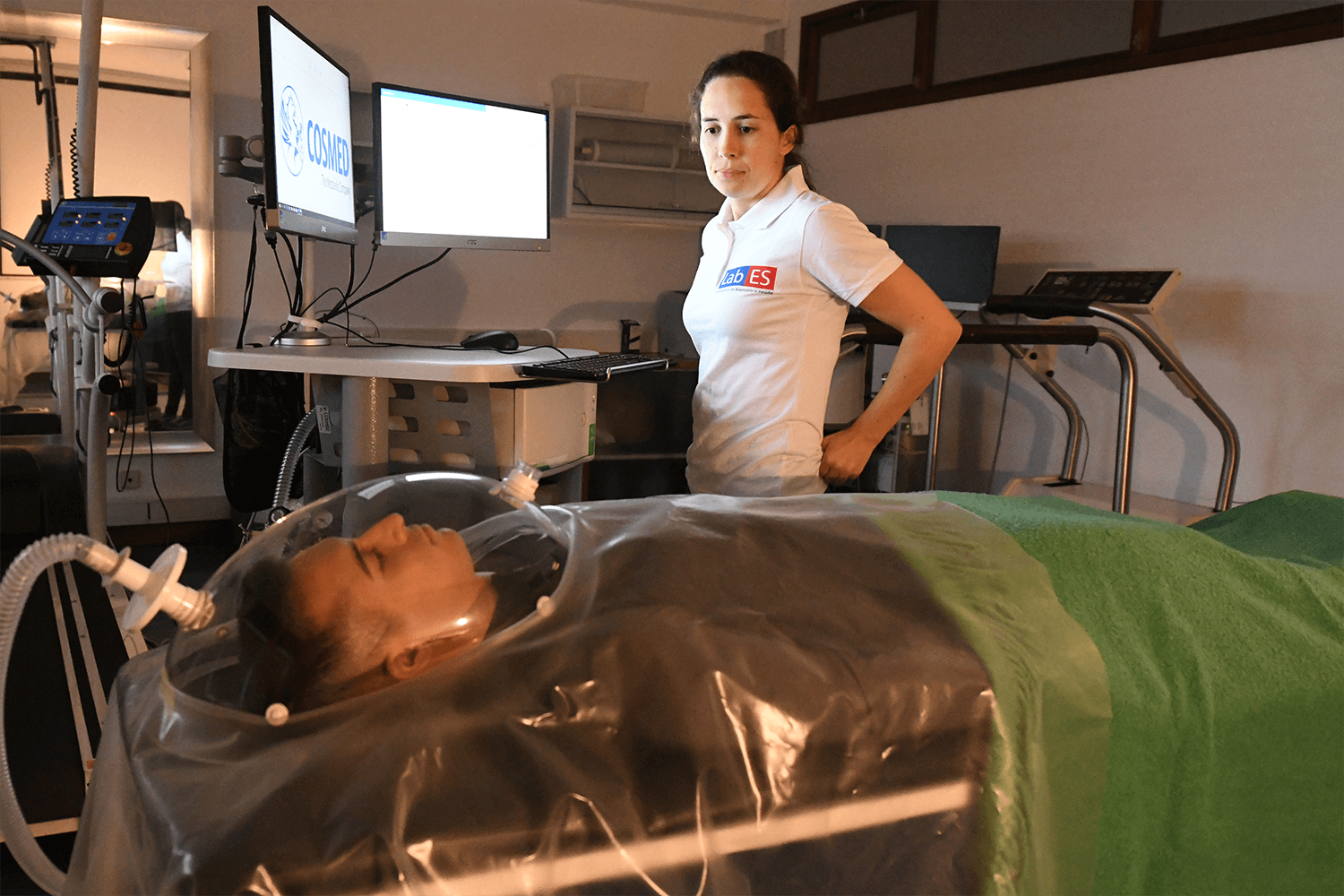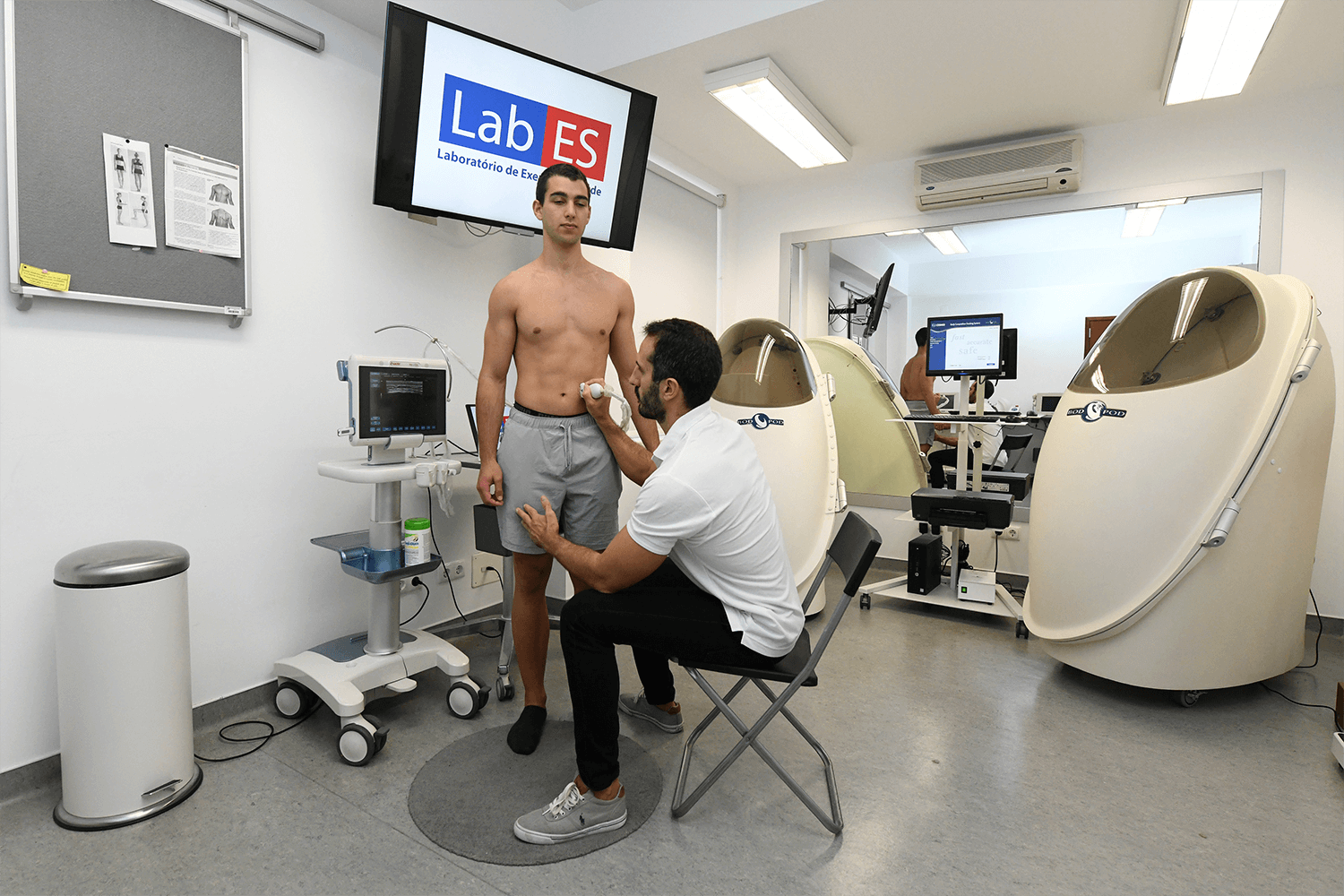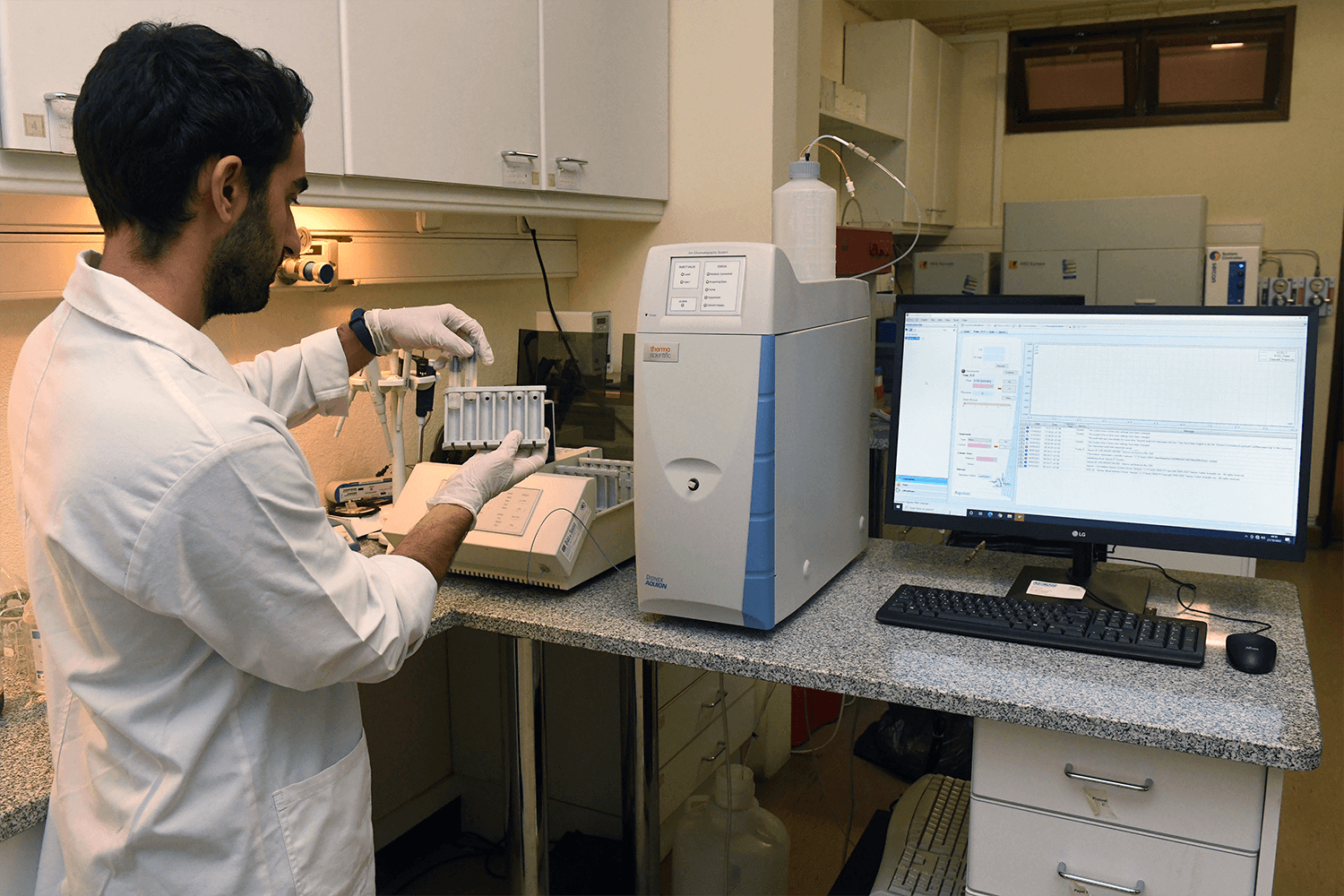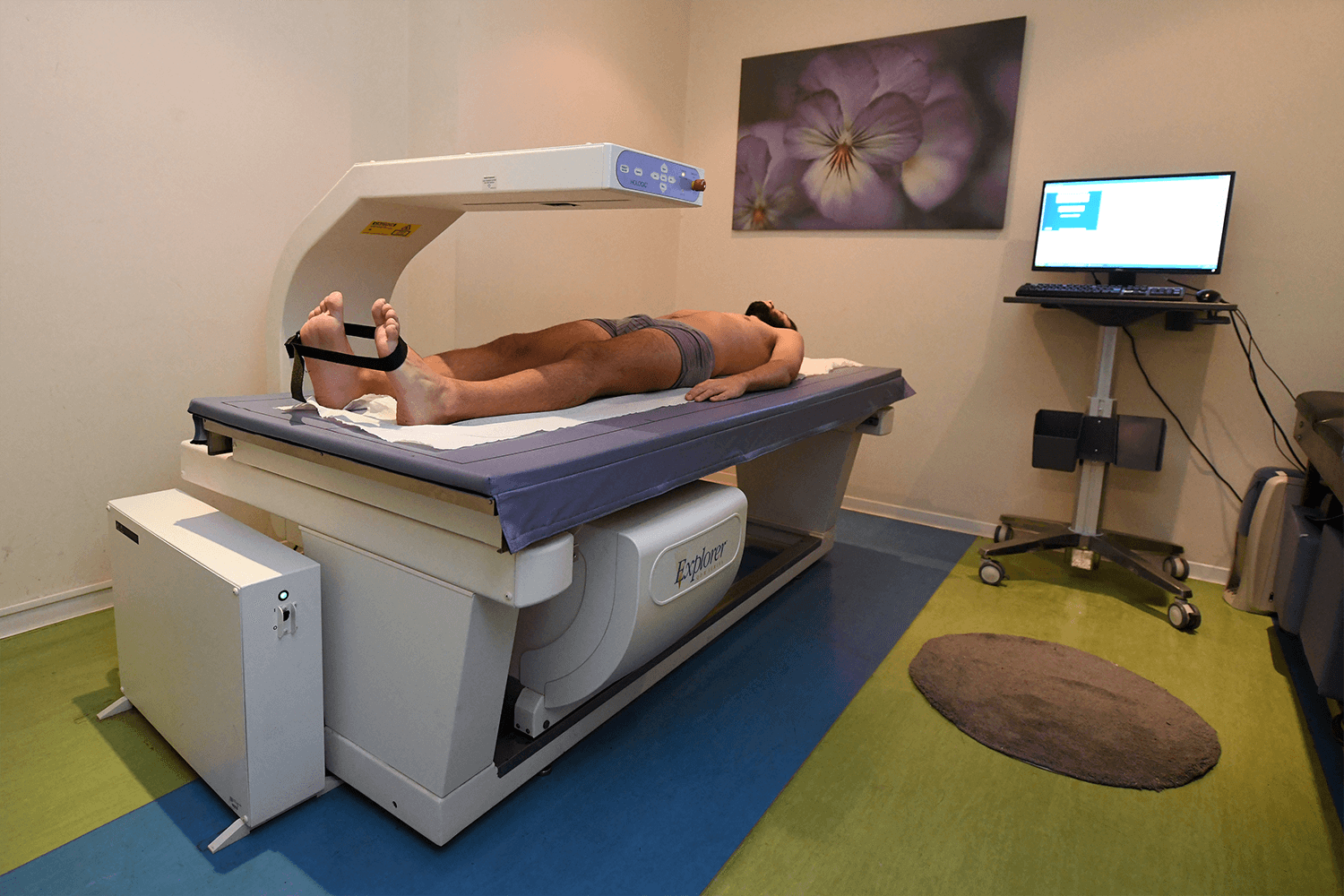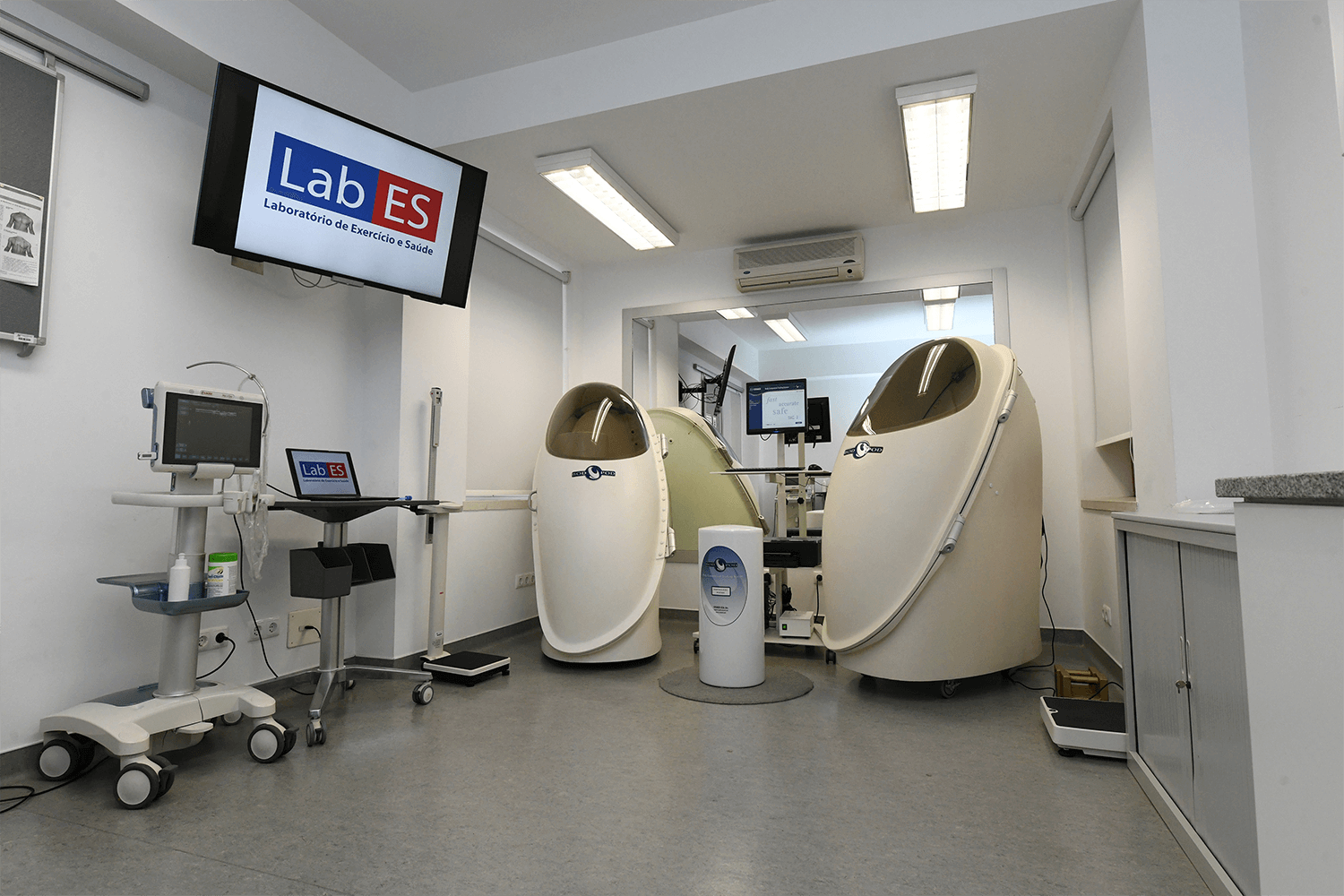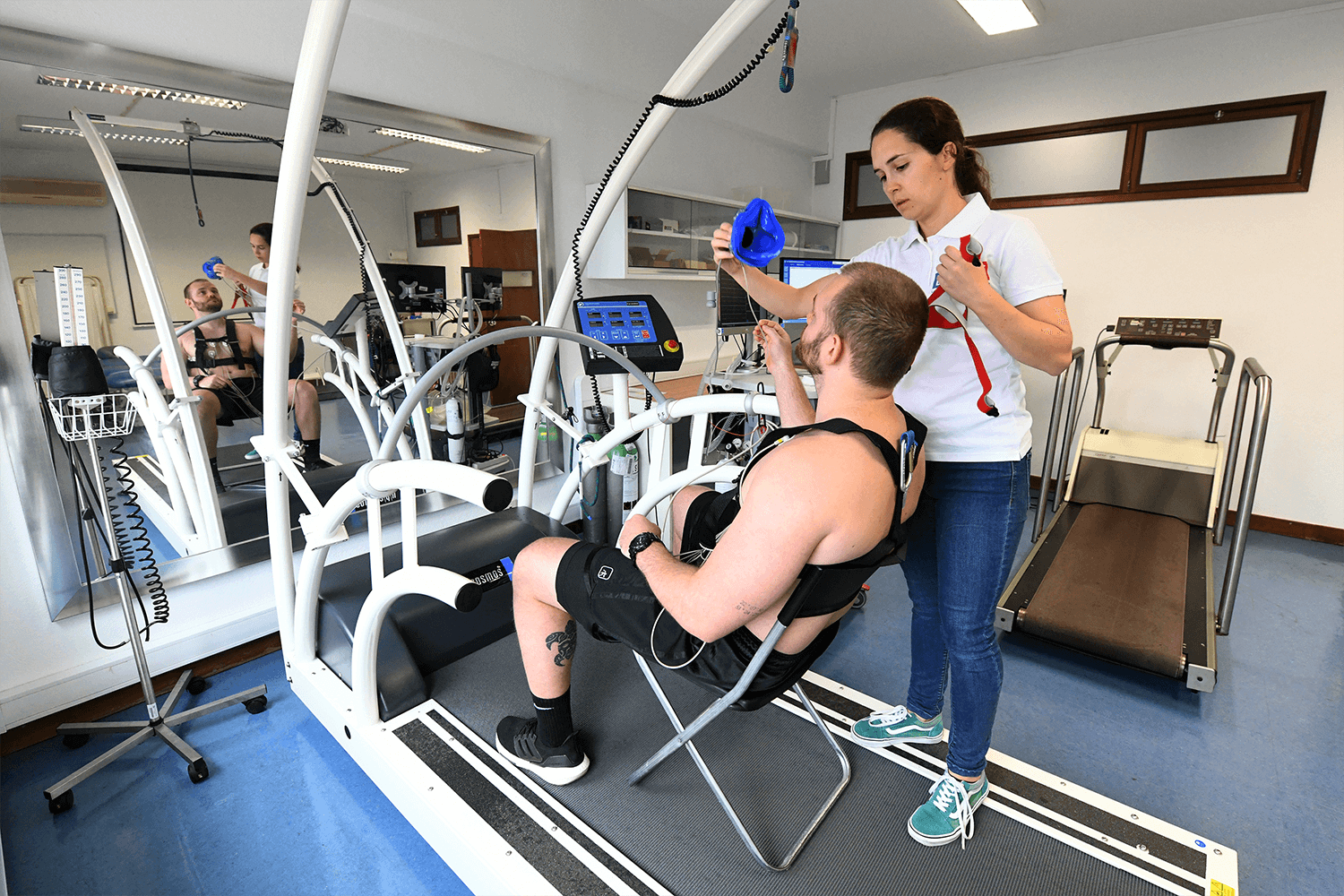Variability of Human Body Composition: Implication in the Rules and Methodological Research Areas (PhD dissertation)
Silva, A. M. (2005). Variability of Human Body Composition: Implication in the Rules and Methodological Research Areas (PhD dissertation). Faculdade de Motricidade Humana.
Desporto, Actividade Física e Saúde. Novas Razões para uma Aproximação Integrada do Desporto
Sardinha, L. B. (2003). Desporto, Actividade Física e Saúde. Novas Razões para uma Aproximação Integrada do Desporto. CDP.
Exercício, Composição Corporal e Saúde Cardiovascular em Mulheres Pós-menopáusicas
Sardinha, L. B. (2003). Exercício, Composição Corporal e Saúde Cardiovascular em Mulheres Pós-menopáusicas. Edições UTAD.
Saúde Cardiovascular
Sardinha, L. B. (2003). Saúde Cardiovascular. Manual do Aluno. FPC.
FITNESSGRAM® – Manual de Aplicação de Testes
Sardinha, L. B. (2002). FITNESSGRAM® – Manual de Aplicação de Testes. Edições FMH.
Promoção da Saúde: Modelos e Práticas de Intervenção nos Âmbitos da Actividade Física, Nutrição e Tabagismo
Sardinha, L. B. (1999). Promoção da Saúde: Modelos e Práticas de Intervenção nos Âmbitos da Actividade Física, Nutrição e Tabagismo. Edições FMH
BIA International Database
Improving body composition assessment is critical for ensuring reliable measures that enable better disease prevention and management of related adverse phenotypes, ultimately positively impacting public health and healthcare costs (1). Bioelectrical impedance analysis (BIA) is a simple, quick, non-invasive, and scalable technique for estimating body composition and health-related parameters (2).
The conventional approach to extracting information about body composition is through the use of raw BIA data, i.e., impedance index to predict body water or fat-free mass using specific population-derived models based on these raw BIA variables (3,4). An alternative approach focuses on the use of raw BIA variables, including the derived phase angle, along with vector length analysis to provide BC information without prediction models (5, 6). However, a broader and more reliable application of BIA is limited by the different device interoperability, fragmented datasets, and the lack of standardized references and procedures. An interdisciplinary network is needed to promote a more comprehensive approach.
The BIA International Database (BIAID) is aimed at establishing a sustainable, interdisciplinary, and multi-level network of internationally renowned researchers focusing on acquiring a comprehensive integrated model of body composition based on BIA (BIA-BC). The BIAID will accomplish it by pooling BIA-BC data and relevant metadata from multiple populations to define reference values across the lifespan (children, adults, elderly). Considering that body composition varies widely in association with age, sex, and ethnicity, impacting total and regional BC (3), a large representative database that incorporates these enormous diversities is required. For this purpose, the following challenges will be addressed.
i) Device measurement inconsistencies: BIA requires a high degree of standardization to obtain valid and reproducible results (7, 8). Yet, BIA manufacturers produce devices based on different characteristics and procedures (electrical frequency, body and electrode position, regression equations). Literature is lacking on existing guidelines or manufacturers' recommendations (7, 8), limiting reproducibility and compromising interoperability between devices;
ii) Underutilization of raw data: BIA generates a wealth of raw data that has the potential to offer deep insights into body composition and related health risks, specifically the phase angle, considered a compound indicator of the distribution between fluids and cell mass (3) and also the BIA vector analysis (5, 6);
iii) Fragmented databases: Existing databases on body composition are fragmented and heterogeneous, designed for specific research projects without focus on findability, accessibility, interoperability, and reusability (FAIR principles). This fragmentation limits the development of a comprehensive understanding of human body composition variability across populations.
iv) Lack of normative reference values: Current body composition databases do not systematically and comprehensively account for factors like age, sex, and ethnicity, which are required to establish suitable body composition reference values, limiting their ability to use BC data effectively for disease prevention and management.
By embracing an interdisciplinary and multi-level approach, BIAID will tackle the requirement for a comprehensive integrated model of body composition by addressing these challenges. These include the creation of a novel BIA-BC and related metadata database, enhancing the interoperability of results obtained from diverse BIA-BC devices, establishing reference values, and widely disseminating the outcomes through potent open-access strategies that involve both contributors to data sharing and researchers who are willing to submit a proposal for data analysis for future publication. To address these challenges, the following steps will be required:
Step 1: Building a large database of BIA raw and derived parameters. Minimal and associated data includes:
Age, sex, anthropometry (body mass and height), Resistance (R), Reactance (Xc), Impedance (Z), and PhA, country, year of data collection, device characteristic (single-frequency-BIA, multifrequency-BIA, spectroscopy-BIS), ethnicity, and health status.
To see the desirable additional data and the specific guidelines for preparing the database, please read Steps 3 and 4.
Step 2: Data Management.
The data will be hosted at the Exercise and Health Laboratory of the Faculty of Human Kinetics, University of Lisbon by using an online portal.
Step 3: Data Security.
All included datasets will be part of projects approved by their ethics committee.
The authors should send the code, institution, and date of the ethics committee form when submitting their database for approval.
After confirmation of inclusion by the management group, each individual in each database will be given a new code to further guarantee confidentiality and privacy.
All received data will be converted into password-protected files and stored at the FMH server, with access limited to the chairman of the management group, Analiza M Silva, or members designated by the group.
Access to the whole or part of the database will be supervised, as authors aiming to use the database must first obtain the approval by the management group, providing their intended analysis and assuring that rules of privacy and data protection will be complied with, as described in Step 6.
After following these steps, a separate password will be generated to protect the document including the selected columns of interest for the purposed analysis.
This document will also be password protected, only acknowledged by the chairman of the management group or members designed by the group, namely the authors of the purposed analysis. A detailed record will be created to monitor this data-sharing process.
The received databases have already codified data without any personal identifier, making the data untraceable to the corresponding individual, and complying with the GDPR key requirements.
Step 4: Data Sharing.
The willingness to submit data for inclusion in the database is appreciated. Potential collaborators should download and carefully read the document “The BIA International Database Guide”.
If the data fulfills all the criteria, the Excel document “The BIA International Database Template" should be downloaded and filled, in accordance.
Then, the document should be sent to This email address is being protected from spambots. You need JavaScript enabled to view it.. A data transfer agreement between contributors and the Faculty of Human Kinetics, University of Lisbon, is also recommended.
An example of the data share agreement is provided “The BIA International Database Transfer Agreement” but additional changes can be performed to accommodate specific institutional requirements better.
Step 5: Data Analysis.
To get an overall description of the types of data already available in the database, please download the file “The BIA International Database Data Overview”.
At present, the database contains ~300,000 measures from individuals ranging from 11 months to 102 years, along with additional data on these participants (see statistics below).
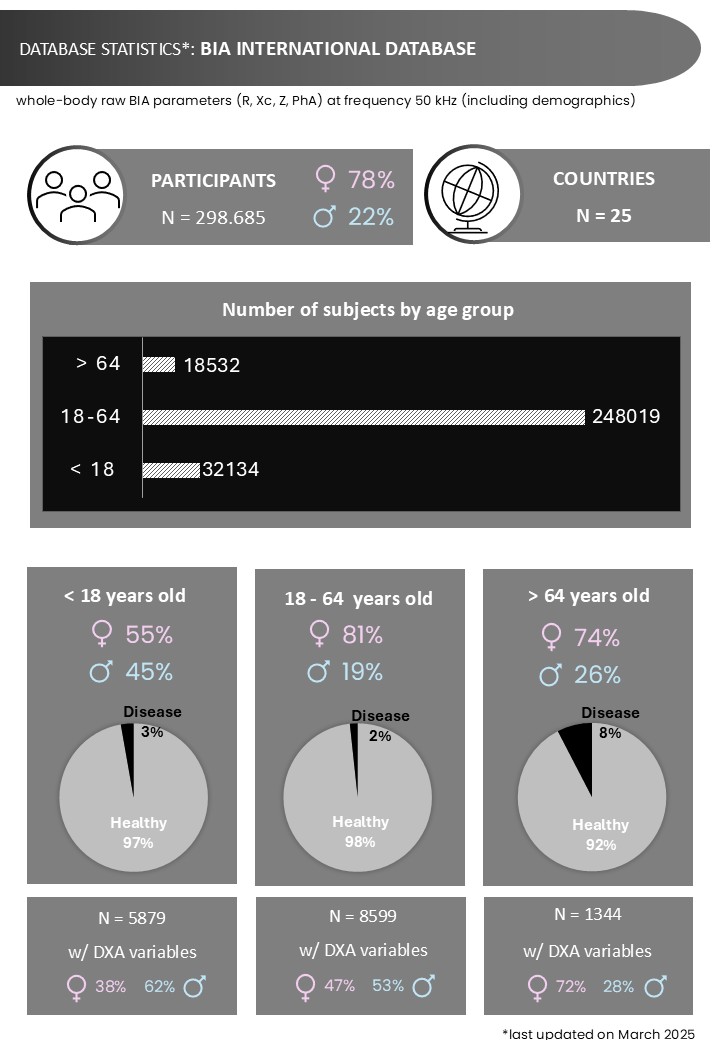
Step 6: Data access.
Before submitting a proposal, please check the current Planned/approved proposals and the current publications from the BIA International Database. A list of published papers and/or approved analyses will be continuously added to the website.
Several steps are required to get access and to perform an analysis in the database, namely: i) download and fill out a form (“The BIA International Database Publications Policy”) agreeing up front to the publication policy; ii) create an analysis proposal (“The BIA International Database Proposed Analysis”), providing a succinct summary, including the variables from the dataset that will be required, the population of interest, and a brief timeframe for data analysis; iii) submit your proposed analysis to This email address is being protected from spambots. You need JavaScript enabled to view it.; iv) the management group will discuss the idea and will provide feedback within 4 weeks.
If the management group provides a favorable response, a file with the approved data will be provided to perform data analysis and manuscript preparation.
Step 7: Publication policy.
Individuals submitting data will be acknowledged as authors, if they agree on publications from the database that use the data they contributed, allowing up to 2 authors per contributed dataset.
Manuscripts using the database must adhere to several rules that have been agreed upon by the management group, including the approval of draft manuscripts by the management group to ensure the publication policies are followed. Also, for those who contributed the data for the specific analysis, the possibility of accepting or declining the role as co-authors is given at least 3 weeks before the manuscript submission (“The BIA International Database Publications Policy”).
Please check the following Figure to understand the process of “Data Sharing” and “Data Analysis”.
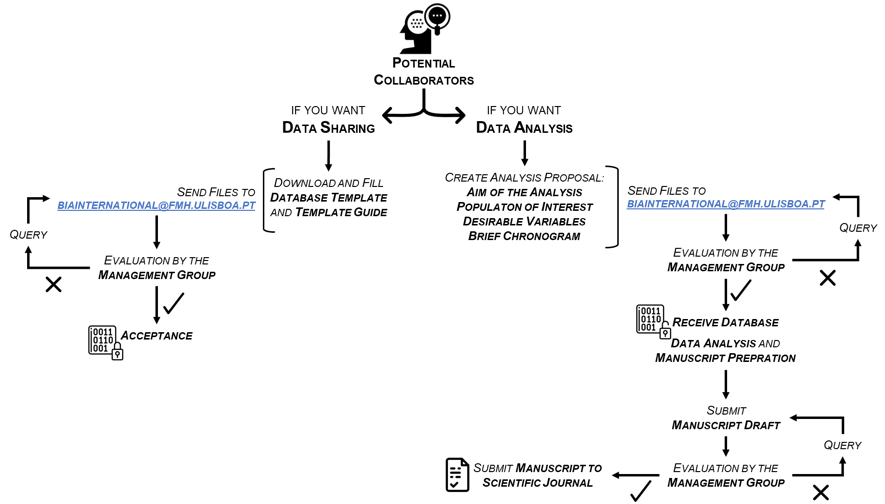
References
- Holmes CJ & Racette SB. The Utility of Body Composition Assessment in Nutrition and Clinical Practice:
- Kyle UG, et al. Bioelectrical impedance analysis-part II: utilization in clinical practice. Clin Nutr.2004;23(6):1430-53.
- Lukaski HC, et al. Assessment of adult malnutrition and prognosis with bioelectrical impedance analysis: phase angle and impedance ratio. Curr Opin Clin Nutr Metab Care.2017;20(5):330-9.
- Bedogni G et al. Assessment of fat-free mass from bioelectrical impedance analysis in obese women with Prader-Willi syndrome. Ann Hum Biol.2015;42(6):538-42
- Piccoli A, et al. A new method for monitoring body fluid variation by bioimpedance analysis: the RXc graph. Kidney Int.1994;46(2):534-9
- Buffa R et al. Accuracy of specific BIVA for the assessment of body composition in the United States population. PLoS One.2013;8(3):e58533
- Ward LC, et al. Association between ethnicity, body mass index, and bioelectrical impedance. Implications for the population specificity of prediction equations.Ann N Y Acad Sci.2000;904:199-202.
- Brantlov S, et al. Standardisation of bioelectrical impedance analysis for the estimation of body composition in healthy paediatric populations: a systematic review. J Med Eng Technol.2017;41(6):460-79.
Champ4Life
(Lifestyle intervention program for former elite athletes)
Durante a carreira desportiva, os atletas geralmente apresentam um elevado dispêndio energético que é acompanhado por uma ingestão calórica adequada, assegurando o seu rendimento desportivo. No entanto, na pós-carreira, verifica-se uma diminuição do dispêndio energético que, na generalidade dos atletas, não é acompanhada pela respetiva adequação das calorias ingeridas, gerando um balanço energético positivo (ingestão energética superior ao dispêndio energético) conducente ao ganho de peso e de massa gorda, tornando-os mais suscetíveis ao desenvolvimento de doenças crónicas como a obesidade, diabetes e DCV. Aliado a esta constatação, é reconhecido que uma grande parte dos atletas retirados da competição reporta dificuldades e falta de apoio durante a sua passagem para a pós carreira, resultando frequentemente num aumento de peso e ainda na adoção de hábitos não adequados à nova fase da sua vida.
Até à data, intervenções no estilo de vida focadas em atletas em fase pós carreira são escassas. Neste contexto surge o ‘Champ4life’, coordenado pela Professora Analiza Mónica Silva, e que na sua vertente científica envolveu um estudo clínico com distribuição aleatória e grupo de controlo (Trial registration number NCT03031951) que pretendeu testar a eficácia de uma intervenção no estilo de vida em marcadores relacionados com a saúde de atletas no pós-carreira, a publicação dos resultados no British Journal of Sports Medicine (https://pubmed.ncbi.nlm.nih.gov/34598935/) a revista de maior prestígio na área de Ciências do Desporto. Os resultados da intervenção evidenciaram que após 12 meses, o grupo de intervenção reduziu a massa gorda total e abdominal, melhorando diversos parâmetros relacionados com a saúde física e mental em atletas que se reformaram dacarreira desportiva.
O programa Champ4Life contou com o apoio e financiamento do Comité Olímpico Internacional na estreita relação com o Comité Olímpico de Portugal e do Instituto Português do Desporto e da Juventude/ Secretaria de Estado do Desporto para a execução do projeto e representou um passo importante para viabilizar decisões baseadas na evidência para implementar de programas de intervenção no estilo de vida direcionados a atletas no pós-carreira;
Na vertente social e de transferência do conhecimento, o Champ4Life disponibiliza os conhecimentos e competências através de vários recursos, designadamente o Livro “Champ4Life: Guia para um estilo de vida saudável em atletas no pós-carreira. Faculdade de Motricidade Humana, Universidade de Lisboa. ISBN 978-989-8068-37-8”, que foram transmitidos pelo programa permitindo aos atletas uma melhor adequação do seu estilo de vida na fase sensível, e muitas vezes abrupta, de cessação da carreira desportiva, evitando o aumento de peso e de massa gorda total e abdominal e promovendo uma melhor saúde física e mental.
Este website permitirá aos atletas na fase pós-carreira o contacto com a equipa, agendando avaliações da composição corporal e acompanhamento na gestão do estilo de vida através do seguinte formulário:
EUROFIT
(Social Innovation to Improve Physical Activity and Sedentary Behaviour Through Elite European Football Clubs: European Fans in Training)
SPOTLIGHT
(Sustainable Prevention of Obesity Through Integrated Strategies European Commission)



